Browse Exhibits (175 total)
Geography in the U.S. History
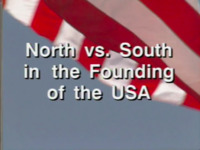
A 10-part series from the Agency for Instructional Technology that promised to illuminate the geographic dimensions of the United States of America's development.
Math Wise

Math Wise is a program that teaches mathematics as a means to practical ends. The program shows how math applies to problem-solving in the everyday world and aim to help students to use math skills in their own lives.
Math Works
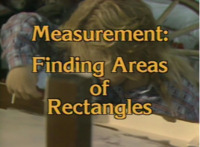
Math Works is a program from the Agency for Instructional Technology designed to strengthen and complement existing fifth-grade math instruction. Each of the twenty-eight 15 minute programs emphasizes the application of math skills and problem solving strategies. It features dramatic vignettes involving fifth graders solving math problems that relate to their everyday lives and documentary-style illustrations of people who use math as a normal part of their profession.
All About You

All About You is an elementary course in health education designed for children to help them understand basic human anatomy, physiology, and psychology.
Bosustow Family Film Collection
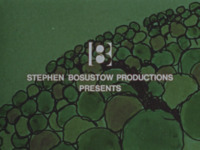
The Bosustow Family Film Collection is a vibrant, expansive, and family focused collection of live action and animated short films produced between the 1940s-1980s by Stephen Bosustow and his two sons, Nick and Tee. Held at the IU Libraries Moving Image Archive (IULMIA), the collection is comprised of sponsored films, classic fables, folk tales, moral lessons, educational films, and so much more. The films produced by the Bosustow family have garnered hundreds of awards across cultural institutions, including thirteen Academy Award nominations and four Oscars, as well as multiple inductions into the National Film Registry! For a detailed account of their award winning films please refer to the Oscar Nominees and Award Winning Films tab.
The early acclaim these films received in the wake of WWII was largely the result of a new animation aesthetic innovated by Stephen Bosustow with his newly founded company, United Productions of America, or simply UPA. Through UPA Bosustow pioneered a cartoon modernism that diverged with the popular animation style of the time, mainly that of Disney's three dimensional naturalism. UPA's style relied on bold colors and abstract visuals that embraced the two-dimensional nature of the frame. Many of their films were also geared towards adults, rather than children, which allowed them the range to grapple with more intellectual and political topics.
Nick and Tee Bosustow would continue their father's legacy into the 1960s and 70s with further acclaim, particularly with a creative and timely moral fable narrated by Orson Welles, Is It Always Right to Be Right? (1970), that would win the Oscar in the Shorts Subject (Cartoon) category, and a visually stunning production of The Legend of John Henry (1973), famously narrated by Roberta Flack.
The Bosustow Family Film Collection offers a snapshot of the often overlooked but hugely influential history of animation spearheaded by one multi-generational family. Not only did their early animation style help define American modernism, but their stories grappled with pressing social issues, educated and informed both children and adults, and last but certainly not least, they entertained. While many of the Bosustow's films were screened in theaters, including a pair of feature length animated films, many more received non-theatrical exhibition, ultimately reaching a much broader and diverse audience than any single exhibition format might for.
The diversity of films produced by the Bosustow family reaches across any single genre or format and can't be simply defined or categorized. Some are visually stunning and bursting with kinetic modernism, others are poignant and melancholy, and still others carry universal messages that speak to our shared humanity. Combined they are a uniquely enduring testatment to the power and influence of animation and the short format, as well as the Bosustow family's commitment and dedication to animation as an art form with aesthetic, cultural, and political implications.
To watch a selection of films from the Bosustow Family Film Collection check out the Watch Films tab. For a full list of films held at IULMIA please see the IULMIA List of Bosustow Family Films tab. If affiliated with Indiana University you may log in to the Media Collections Online website and search for "Bosustow" to view the full list of available films.
The World We Want
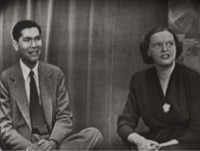
What happens when you gather together 30 bright teenagers from across the world and ask them to discuss the education, women’s rights, and world peace? What happens when a 16-year-old Afrikaans girl discusses apartheid with a black African boy from Ghana? Or when an Israeli girl talks to boys from Syria and Jordan?
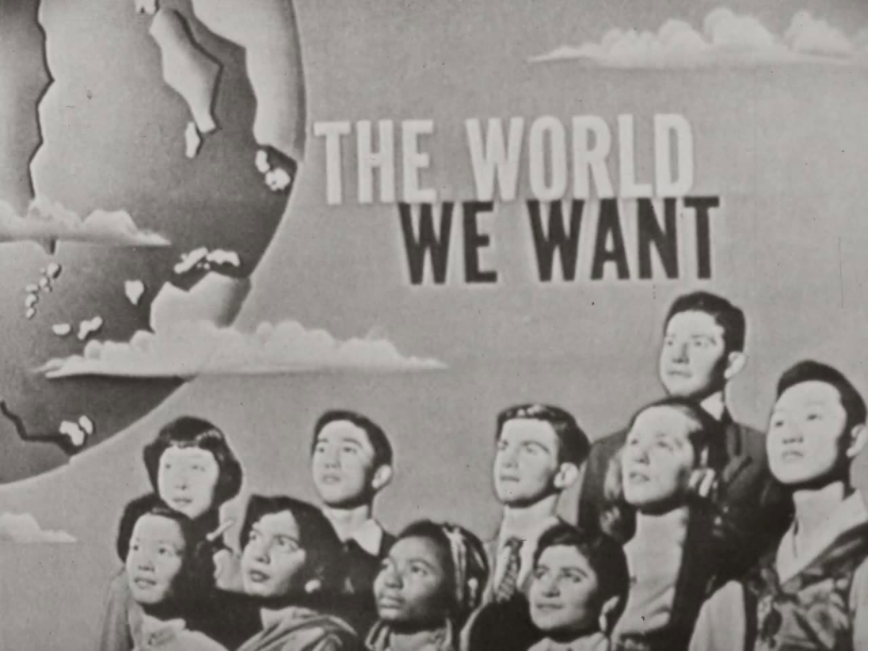
These conversations and more were the experiment of the Herald Tribune World Youth Forum that existed from 1947 until 1972 and even outlived the newspaper’s expiration in 1965. The Forum was the brainchild of Helen Rogers Reid, the New York Herald Tribune’s owner and editor. It was loosely based on the ‘adult’ Herald Tribune Forum, which originated in the 1930s, bringing together world business and political figures to discuss relevant issues in front of a general audience in New York. But the post-WWII era saw a new emphasis on youth as the means to securing world peace, with the New York Daily Mirror and the New York Times Youth Forum programming similar events. The Herald Tribune Forum also sparked a copycat program run by the Daily Mail in Britain from 1949 to 1951. Concurrently, this was also the era of mass gatherings of socialist youth organized by the USSR.
The Herald Tribune World Youth Forum was the most ambitious and longest lasting of all of these initiatives. However, little known about such programs in the U.S.. National committees around the globe selected (usually) one 16-18-year-old representative, who flew to the U.S. for 3 months. Based in the New York area, representatives stayed with 3 or 4 different American families, attended a variety of high schools, and travelled to Washington, meeting significant political figures, often including the incumbent American President. The culmination of their visit was a huge ‘high school forum’ held at the Waldorf Astoria Hotel in March, where the delegates all performed and discussed a variety of topics in front of an audience of high school students. The Herald Tribune featured delegates’ activities in its pages for the three months and had a special 5-10 page feature for the Waldorf Astoria event. From the early 1950s the delegates also met in smaller panels for a series of discussions on topical issues. Initially these were broadcast on radio and later, beginning in 1953, on television.
The idea behind the forum was to encourage international understanding and co-operation by showing a handpicked group of young people from around the world that they were not so different after all. The organizers banked on these teenagers being their nation’s best and brightest (or in some cases, the most well-connected).

They were expected to be potential future leaders and many would become influential in politics, business, education and religion. In addition to encouraging international understanding there was another motive. The newspaper organized the forum and provided a small amount of money for the program—mostly for the salary of the organizing staff. It relied on schools and families to host the students. It also cleverly obtained sponsorship from Pan Am and TWA airlines, which flew the delegates from all around the world for free. Scholastic Magazine was also a sponsor. But most important was the support of the U.S. government. Although respective national ministries of education selected delegates, the cultural attaches of American embassies and the United States Information Service assisted student representatives during their tours.
This was a ‘hearts and minds’ initiative, one of the many ‘soft power’ weapons in the Cold War, designed to showcase the U.S. to foreign representatives. It was, however, slightly more sophisticated than the mass Communist rallies, in that the flaws of American society, such as segregation, were not withheld. This was also an exercise in world citizenship. The students were to be ‘walking textbooks,’ youthful ambassadors, educating American high school students about the world.
The countries invited to send delegates were friends and allies of the US (the UK, continental Europe, Canada) but also countries in which the US hoped to maintain its influence (e.g. Korea, Japan, Ghana, Nigeria, South Africa, Israel, Egypt, Brazil, Argentina). There were notable absentees. The only Communist country was Yugoslavia. Others do not seem to have been invited. The lack of Communist bloc countries provoked little comment; publicity around the forum made much of the fact that delegates came from ‘all over the world’.
Arts Alive
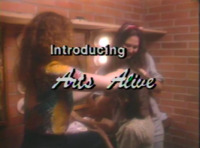
Arts Alive is a 13-part series introducing youngsters to the world of arts performance, entertainment, and appreciation. The program emphasizes how important the arts are to building self-confidence, encouraging perseverance, and inspiring free expression. Dance, musical composition, drawing and digital graphics--the Arts Alive has it all. The program is also hosted by NFL Hall of Famer and former Steelers wide reciever, Lynn Swann.
The Heart of Teaching
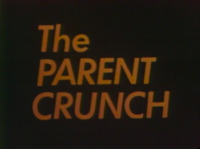
Each episode from this series presents dramatizations designed to help teachers deal with problems - frustration, anger, isolation, change and pressure.
Readit
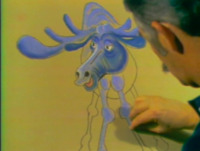
John Robbins reads illustrated stories that teach elementary school children important lessons and help them build personal values.
In Other Words
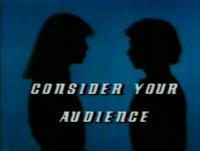
In Other Words is a twelve part program of 15 minute episodes on language arts designed to increase the ability of students to communicate effectively, the series shows students how communication skills relate to their own lives.

